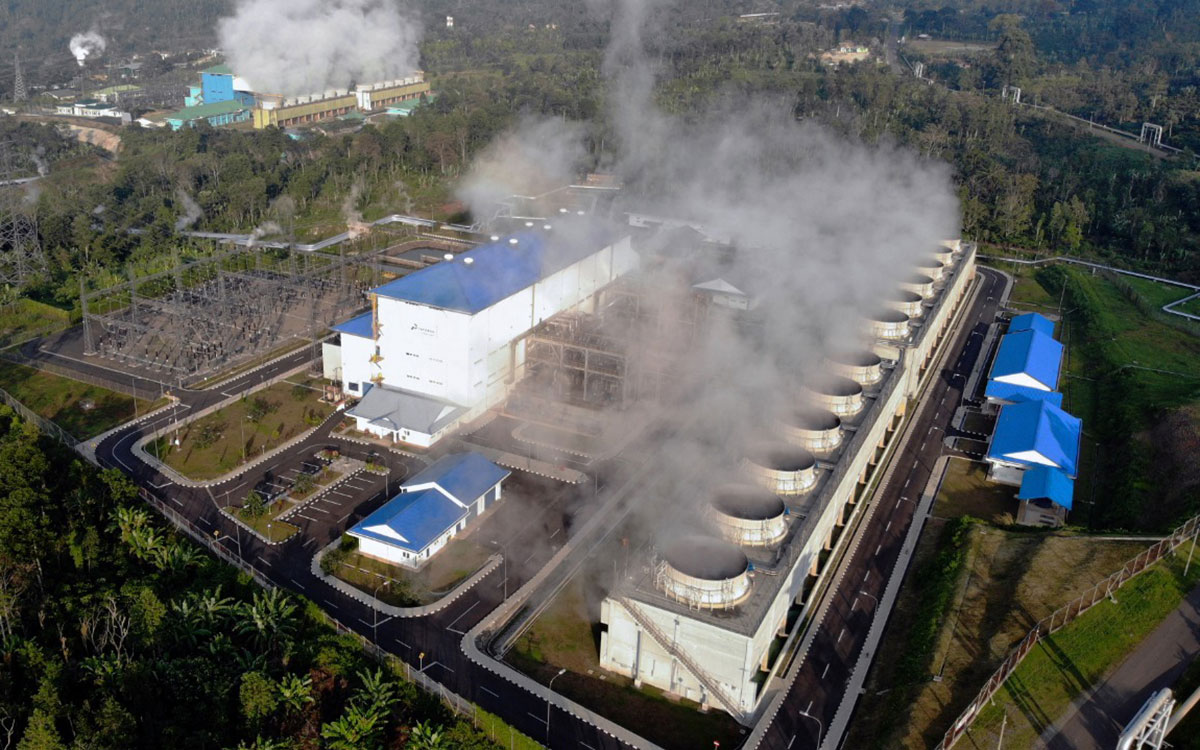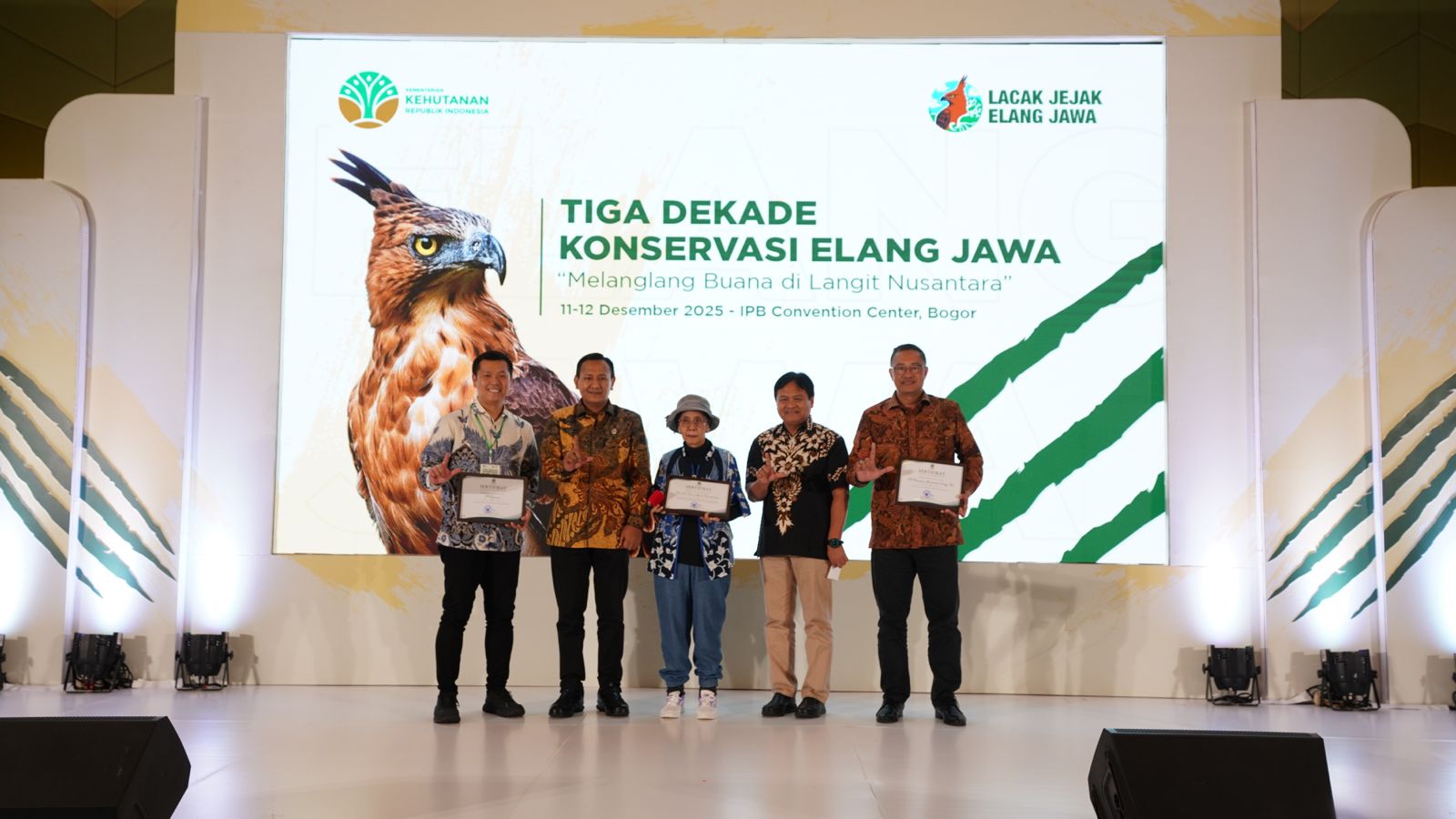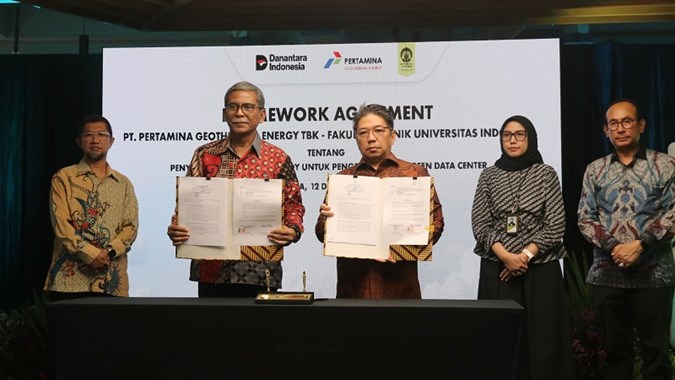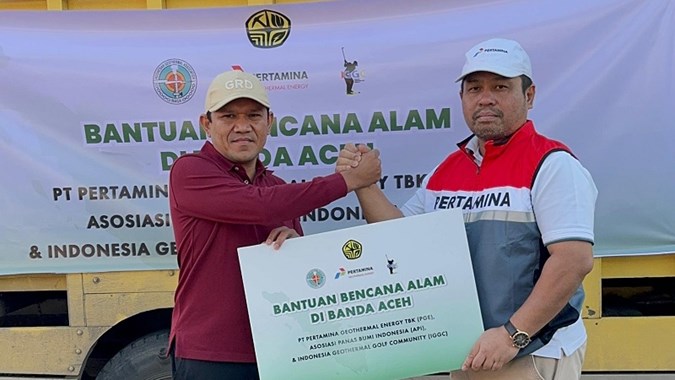Jakarta, August 4, 2021 - Many people think of geothermal as energy to generate electricity. Of course it's true. Geothermal energy has been used since a hundred years ago to generate electricity. A total of 29 countries have also used geothermal to generate electricity. There are also five countries that are developing it.
However, geothermal also has many other hidden benefits. In addition to generating electricity, geothermal can also reduce emissions and optimize domestic natural energy resources. "Geothermal also contributes to regional development," said Pertamina Geothermal Energy's Government & Public Relations Manager, Sentot Yulianugroho, Wednesday, August 4, 2021.
Sentot explained, the existence of a geothermal power plant (PLTP) plays a role in reducing exhaust emissions of carbon dioxide (CO2). Based on the calculation version of the Carbon Neutral Calculator, the reduction of greenhouse gases has even reached 14.91 million tons of CO2 per year. The amount was obtained based on the capacity of geothermal power plants in Indonesia of 2,130.6 Megawatts. "PGE, which has been operating geothermal power plants since almost five decades ago, has helped reduce millions of tons of CO2 gas," said Sentot.
Currently, with a capacity of 672 MW, PGE as part of Sub Holding Pertamina PNRE has participated in reducing 3.6 million tons of CO2 per year. According to Sentot, participation in CO2 reduction is like saving the global environment.
The world is indeed committed to reducing greenhouse gases, especially CO2, which is very influential on changes in the composition of the atmosphere and global climate change. President Joko Widodo in the "Working Lunch on Development and Climate Change" event at the G20 Summit, Antalya, Turkey, June 15 2018, stated that Indonesia is ready to take real action in reducing greenhouse gas emissions. These emission reductions are a consequence of the signing of the Kyoto Protocol by 188 countries on December 11, 1997, and Indonesia is one of them.
To date, PGE has managed at least seven projects within the Clean Development Mechanism (CDM) framework, six of which are registered with the UNFCC (United Nations Framework Convention on Climate Change).
Regarding the optimization of domestic resources, said Sentot, the existence of PGE from a macroeconomic perspective has contributed to saving foreign exchange. Since 1997, Indonesia has had to import oil because domestic production is unable to meet the ever-increasing consumption. "The operation of the PLTP indirectly contributes to saving oil and gas foreign exchange reserves," he said.
Sentot explained, with the national capacity of Indonesia's PLTP of 2,130.6 Megawatts, it is equivalent to 100,778 Barrel Oil Equivalent Per Day (BOEPD), which if fulfilled in one year becomes 36.78 million Barrel Oil Equivalent. If it is assumed that the price of one barrel of oil is US$ 50, the foreign exchange that can be saved for a year from the existence of the PLTP is US$ 1.84 billion.
"With the same calculation, PGE with its 672 MW contributes to foreign exchange savings of US$ 580 million per year," said Sentot.
According to Sentot, the existence of geothermal also contributes to taxes and PNBP (non-tax state income). PGE contributes 34% of its net income (Nett Operating Income) annually to the state. The income includes, among others, employee income tax, import duties and other levies on excise and imports, as well as regional taxes and regional levies. For PNBP, it is obtained from all inclusive which is pegged at 34 percent, and specifically for producing regions, PGE and geothermal developers who are already in production also distribute a production bonus of 1 (one) percent of steam sales or 0.5 percent of electricity sales, which is paid directly to the regional treasury.
The presence of PLTP, Sentot explained, also encourages local economic growth through its participation in regional development. The main contribution is infrastructure development. With locations that are always in remote areas, companies must build road infrastructure to facilitate logistics transportation. The road that had been just dirt, even just a path, was widened and paved. Even if the soil is unstable, concrete is carried out.
Sentot gave an example, the people of Ngarip Village in the Ulubelu geothermal field area, Tanggamus Regency, Lampung Province, really feel the road infrastructure built by PGE. In the past, if it rained heavily, people could take a day and night by car to get to Pringsewu City, which is 55 kilometers away. "Now it's less than two hours in any weather," said Sentot. As a result, the economy of Ngarip Village and the villages that are crossed by the paved road also develops. "Social life and community welfare have increased significantly," said Sentot.
In the Lumut Balai PGE area, Muara Enim Regency, South Sumatra, two villages in the Semende Darat Laut Subdistrict, Penindaian Village and Babatan Village, are also connected to asphalt roads. Previously, the two villages were deep in the forest and agricultural products were difficult to compete due to the high cost of transportation. Now, agricultural products from the two villages are more salable in the market. At PLTP Kamojang, various places there become tourist attractions that become a magnet for local tourists. Likewise in the Karaha, Lahendong, and Sibayak geothermal fields.
Sentot admitted that Indonesia is still relatively young in geothermal development compared to countries such as America, Italy, New Zealand, Japan, Iceland. However, the development of environmentally friendly energy sources is still very wide open. PGE is also committed to increasing business innovations that are beneficial not only for the company's performance, but also for environmental sustainability for the future. "This effort is PGE's mission to make geothermal energy beyond energy," said Sentot.





